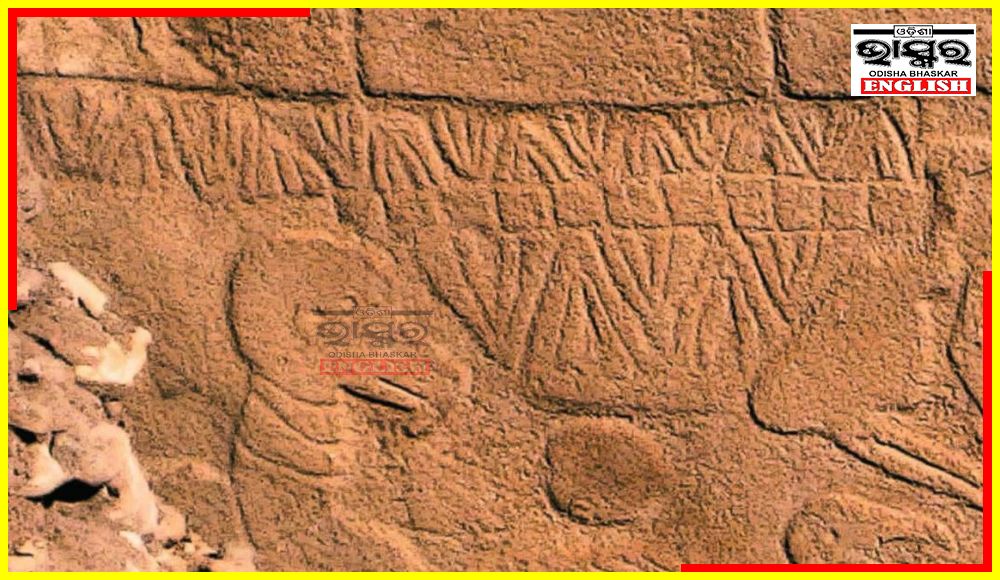Archaeologists have discovered the world’s oldest sun-and-moon calendar in Turkey.
This ancient calendar is carved on a huge stone pillar at Göbekli Tepe, a renowned archaeological site in southern Turkey. This discovery was reported in the Time and Mind. It is the earliest example human timekeeping.
The pillar on which the calendar was found is nearly 13,000 years old. It has 365 V-shaped carved symbols. According to researchers, each “V” represents a single day. It includes 12 lunar months plus an additional 11 days. This design depicts an ancient attempt to match the solar year and lunar cycles.
The pillar also features a carving of a bird-like creature surrounded by similar V-shaped symbols. It may be representing the summer solstice constellation as it appeared at the time, say researchers.
This calendar carving was created around 10,850 BC, when a significant comet strike is believed to have triggered an ice age. Martin Sweatman, a study author from the University of Edinburgh, suggests that the comet strike and subsequent environmental changes could have been catalysts for the development of writing systems.




Comments are closed.